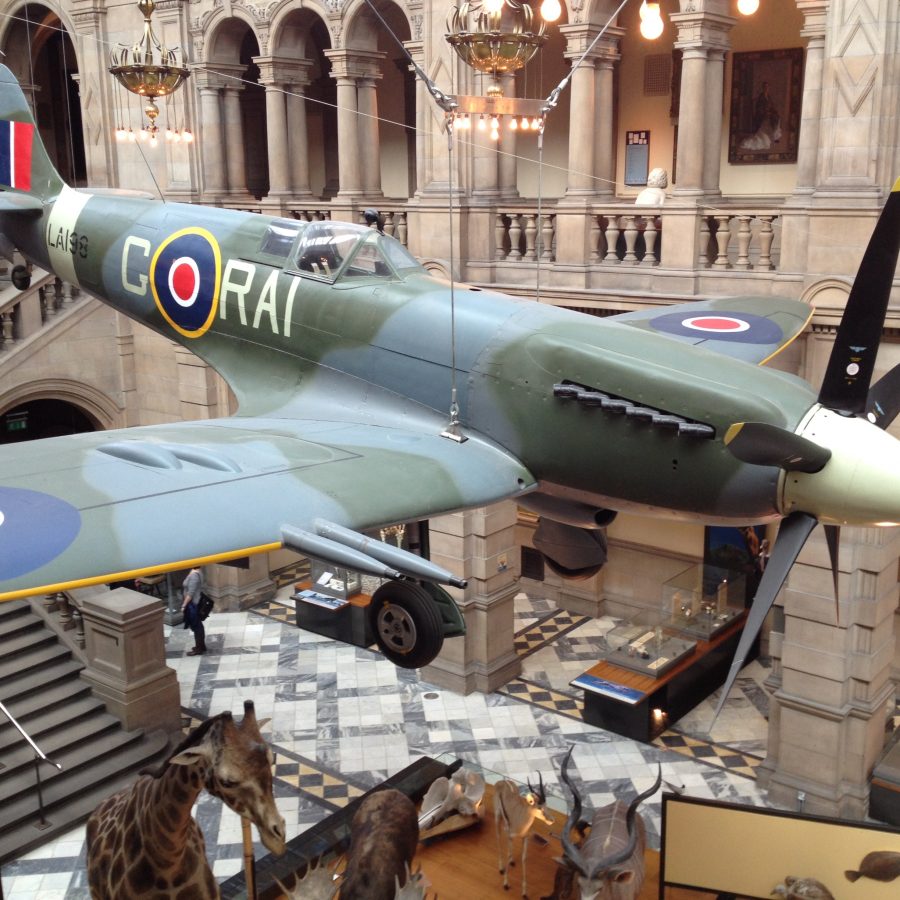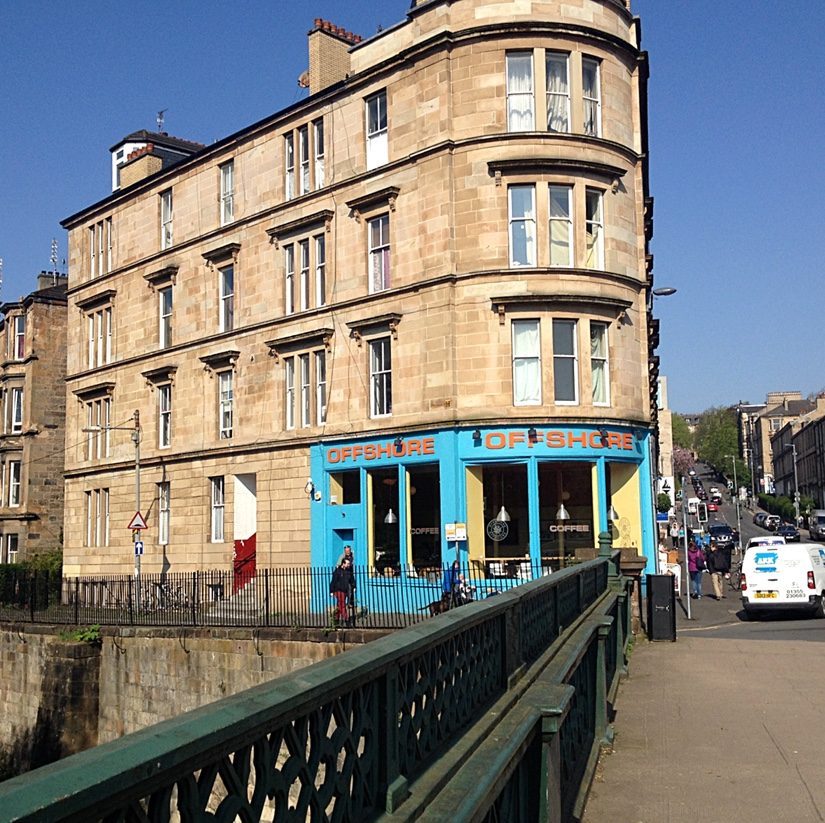Scotland’s Own Coinage, The Hunterian, From 3 October 2017

All change – new Scottish coin exhibition reveals Hunterian treasures
Scotland’s Own Coinage
From 3 October 2017 Hunterian Museum Admission free

(Above: James III Groat. Below: James VI Hat Piece)
A new exhibition dedicated to the history of Scottish coinage is now open at The Hunterian.
Scotland’s Own Coinage is the first major exhibition at The Hunterian on the subject of Scottish coins. The overwhelming majority of the coins have never been on public display before.
Issuing coinage is an important symbol of a nation’s independence, status and power. Scotland struck its own coins for hundreds of years before the Act of Union with England created a British coinage in 1707. The exhibition guides visitors through six centuries of unique coinage, struck during some of the most turbulent and dramatic periods of Scottish history.
Increasing varieties of denominations made the Scottish coinage one of most diverse and exciting in Europe. From nobles, lions, unicorns, ryals and testoons to merks, dollars, bawbees, groats and placks, Scotland’s Own Coinage features a spectacular variety of gold, silver and copper coinage to explore.
Highlights from the 187 coins on display include one of the earliest examples of a Scottish coin, a David I silver penny minted in Roxburgh in c.1150, a scarce Alexander III penny struck in Glasgow and the exceedingly rare gold noble of David II, one of only four known specimens. Also highlighted are the coinages of James III, Mary Queen of Scots and James VI, featuring some of the most outstanding and distinctive portraits of any Scottish monarch.
Scotland’s Own Coinage is open Tuesday – Saturday, 10.00am – 5.00pm and Sunday 11.00am – 4.00pm. Admission is free.
Further information
The majority of the coins on display come from the collection of Dr William Hunter (1718 – 1783), who collected over 30,000 coins and medals in the last thirteen years of his life. Other coins have been selected from The Lord Stewartby Collection, gifted to The Hunterian in March 2017, and the William Cuthbert Collection.
Highlights
-
David I Penny
Minted over 850 years ago during the reign of David I, this silver penny is the earliest example of a Scottish coin in the display. It was struck in Roxburgh in around 1150. GLAHM:14513. -
Alexander III Penny
More mints existed in Scotland during Alexander III’s reign than any other period. This rare silver penny was struck in Glasgow between 1250 and 1280. GLAHM:38972. -
David II Noble
This is probably the rarest of all Scottish coins. Minted in gold in Edinburgh in about 1357, nobles were struck in payment for the release of David II from English captivity. The example on display is one of only four known in the world. It also marks the first appearance of the lion rampant on a Scottish coin. GLAHM:18629. -
Robert III Lion
This gold lion features the earliest depiction of St Andrew on a Scottish coin. It was struck in Edinburgh between 1390 and 1403. GLAHM:38982. -
James III Groat
This silver James III groat, struck in Edinburgh between 1484 and 1488, shows a unique ‘renaissance’ portrait, with a modern design flair not seen on the coins of any other Scottish monarch. The Lord Stewartby Collection 2220. -
Mary Queen of Scots Thirty-Shilling Piece
One of Scotland’s best-known and tragic figures, Mary’s coinages were the first to feature portraits of a female monarch. This gold thirty-shilling piece was struck in Edinburgh in 1555. GLAHM:38995. -
James VI Thistle Merk
One of the most famous symbols of Scotland, the thistle first appeared on Scottish coins in 1471. This thistle merk, struck in Edinburgh in 1602, offers one of the best illustrations of the national flower on a coin. GLAHM:39025. -
James VI Twenty-Pound Piece
The ten coinages of James VI offer some of the most distinctive portraits of all Scottish coins. This twenty-pound piece, struck in gold at the Edinburgh Mint in 1575, is the largest coin ever produced by a Scottish monarch. GLAHM:39012. -
James VI Hat Piece
This is probably the most unusual portrait of any Scottish monarch on a coin, depicting James VI in a fashionable tall hat instead of regal attire. Another unique feature is that the hat piece is the only Scottish coin to feature a Hebrew word – ‘Jehovah’ in the clouds on the reverse. This example was minted in Edinburgh in 1592. GLAHM:39018. -
William II/III Pistole
The pistole and half pistole were the last Scottish gold coins. This pistole was struck in Edinburgh in 1701, using gold dust brought back from Africa by the ‘Darien Company’. GLAHM:18630.Why William Hunter collected coins
Hunter collected for pleasure, but he also saw the potential that coins could play in what he described as ‘the illustration and confirmation of history’. He believed passionately that the continued expansion of his collection was a public duty, and that when the time came for the items to be donated to the University of Glasgow upon his death, they were to be used ‘for the improvement of knowledge’.
Hunter obtained his coins at auction, through donations and by means of contacts in Europe. Whole collections were also purchased outright. Hunter was quite willing to sell duplicates to fund further acquisitions. His collection of coins and medals was described at the time as being second only to the French Royal Cabinet. In building and arranging his collection, Hunter was always willing to take advice from other collectors and experts.
History of Coin Collecting
Coin collecting dates back to Roman times. Its popularity expanded in the 14th century among European Renaissance royalty and nobility, when collecting became a fashionable, but expensive, pastime. It remained a hobby of the wealthy until the Enlightenment, when an aspirational middle-class emerged. Dealers catered for this new market eager to collect for improvement and pleasure. Collecting coins has remained popular ever since.
The Hunterian
The Hunterian is one of the world’s leading University museums and one of Scotland’s greatest cultural assets. Built on Dr William Hunter’s founding bequest, The Hunterian collections include scientific instruments used by James Watt, Joseph Lister and Lord Kelvin; outstanding Roman artefacts from the Antonine Wall; major natural and life sciences holdings; Hunter’s own extensive anatomical teaching collection; one of the world’s greatest numismatic collections and impressive ethnographic objects from Captain Cook’s Pacific voyages.
The Hunterian is also home to one of the most distinguished public art collections in Scotland and features the world’s largest permanent display of the work of James McNeill Whistler, the largest single holding of the work of Scottish artist, architect and designer Charles Rennie Mackintosh (1868–1928) and The Mackintosh House, the reassembled interiors from his Glasgow home.
The Hunterian
University of Glasgow
Glasgow G12 8QQ
This section: Art & artists Glasgow West End, Art, Photography, Exhibitions what's on-glasgow, Galleries, What's On Glasgow West End: cinema, clubs, theatre, music, events, festivals, community and more
Related Pages
- CineRoma – Carmen: No Fear Of Freedom
- Govanhill: A Community Film Portrait + (Q&A)
- Govanhill International Festival and Carnival 2024
- Josie Long at Govanhill International Festival 2024
- Book Launch: Whispers of the Dead, Lin Anderson
- Summer Market and Big Truck Event at Riverside Museum
- Take 2: Scooby Doo
- Exhibition: Between Islands
- Exhibition: Landscapes of Loss, The Deep End, Govanhill
- Greyfriars Biophilic Garden Open Day
- In The Jungle – Free Family Event Glasgow Green
- Carlton Jug Fundraiser for Disability Access
- Mother India – Glasgow
- The Glaswegian at Websters
- JJ Gilmour at Websters
- Drumchapel Reconnect Festival
- Yorkhill Green Spaces Community Gardening
- Glasgow Literary and Music Lounge at Red Rosa’s
- Scotland’s Gardens – SWG3 Garden Open Day
- Ashton Lane Street Food Festival



Leave a Reply
You must be logged in to post a comment.